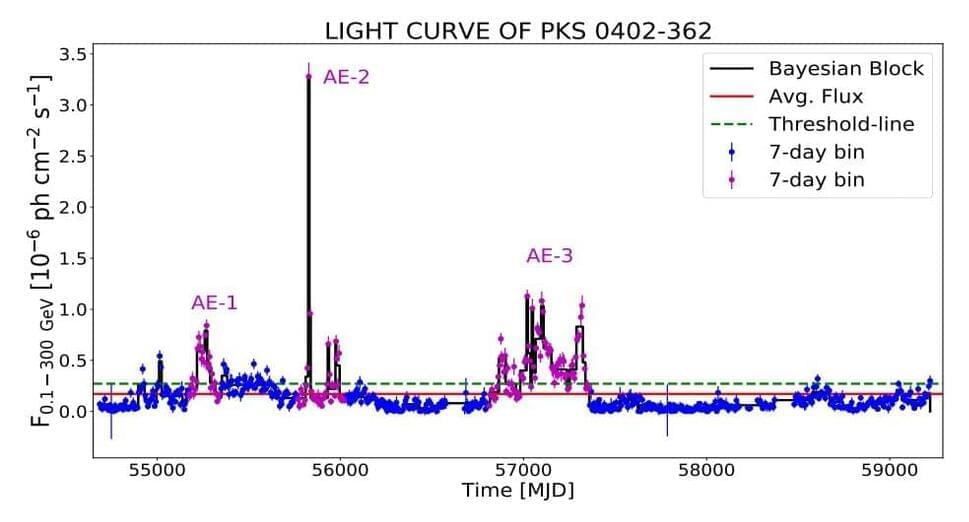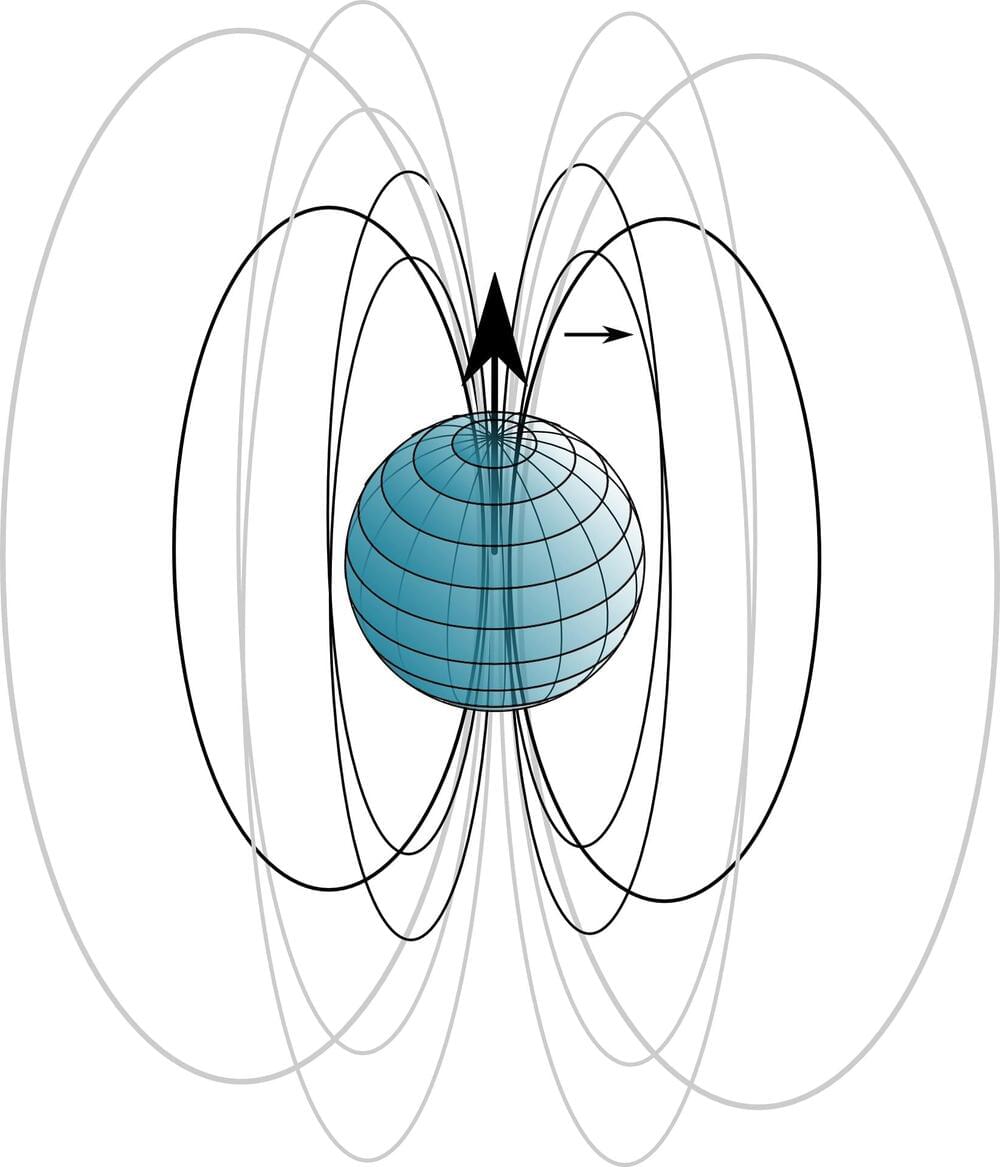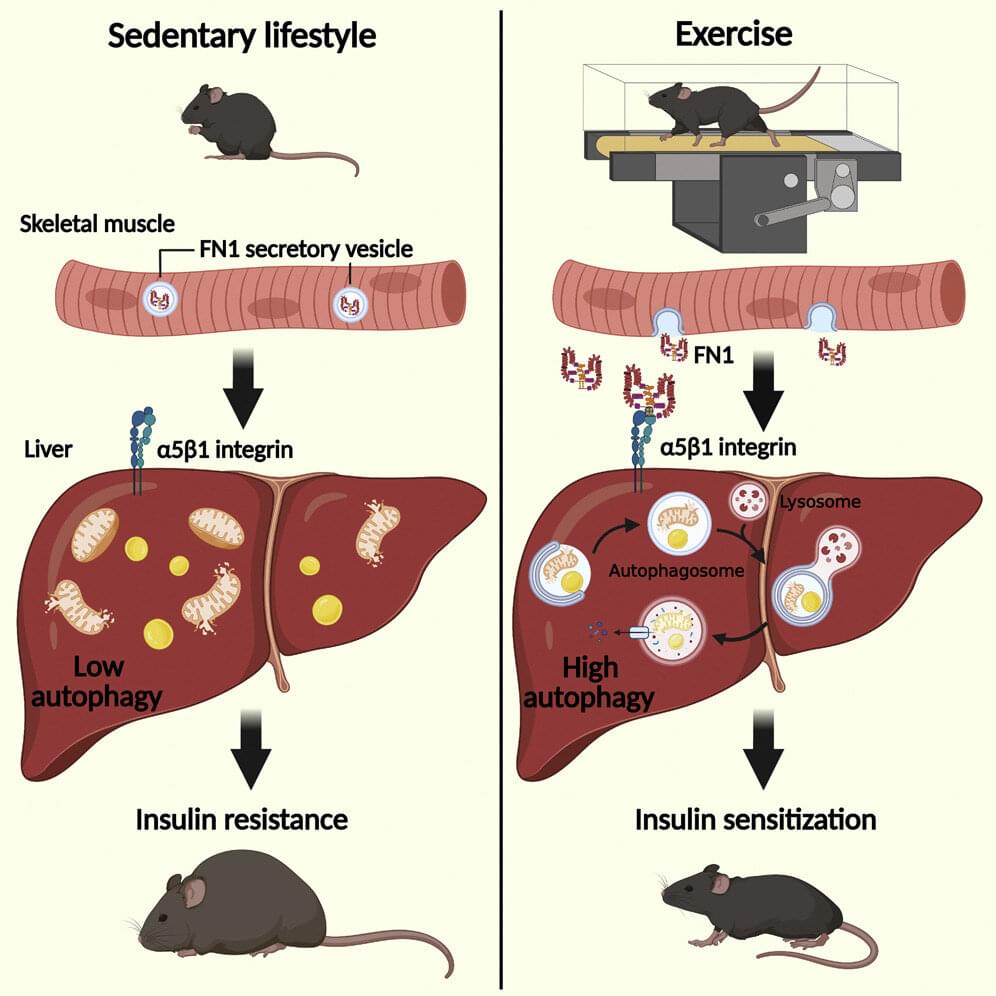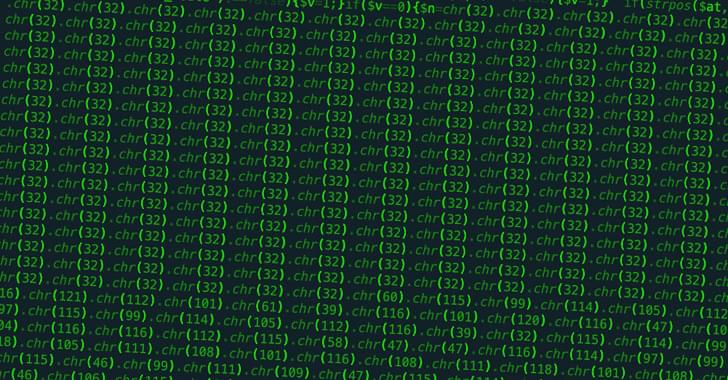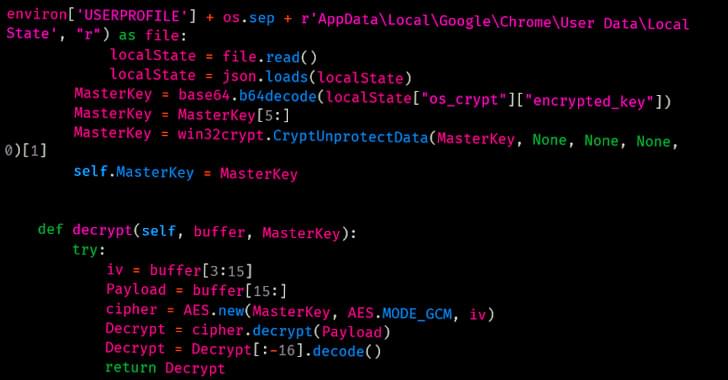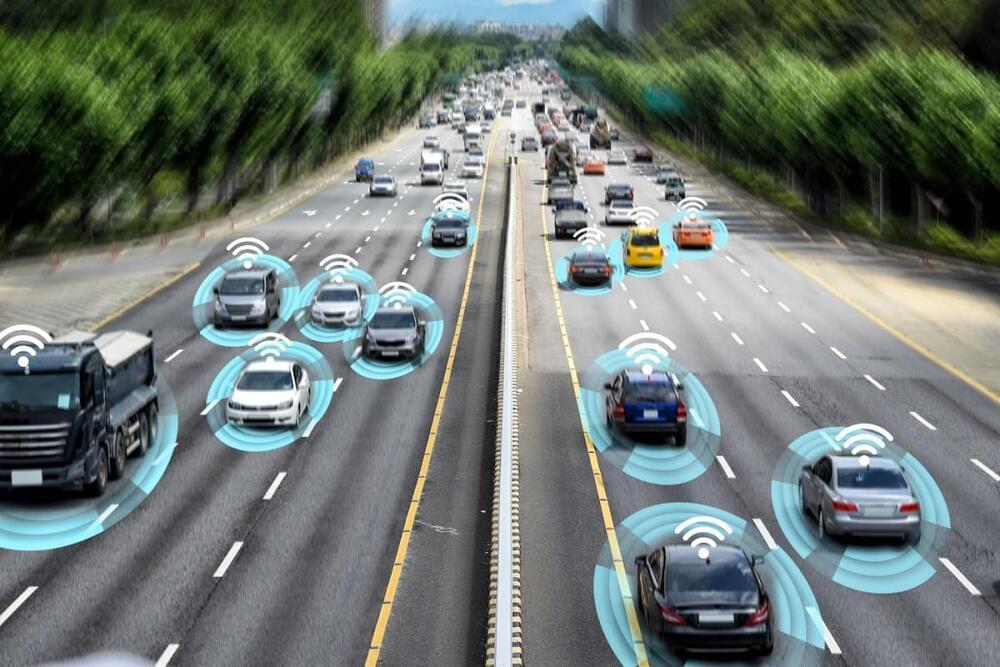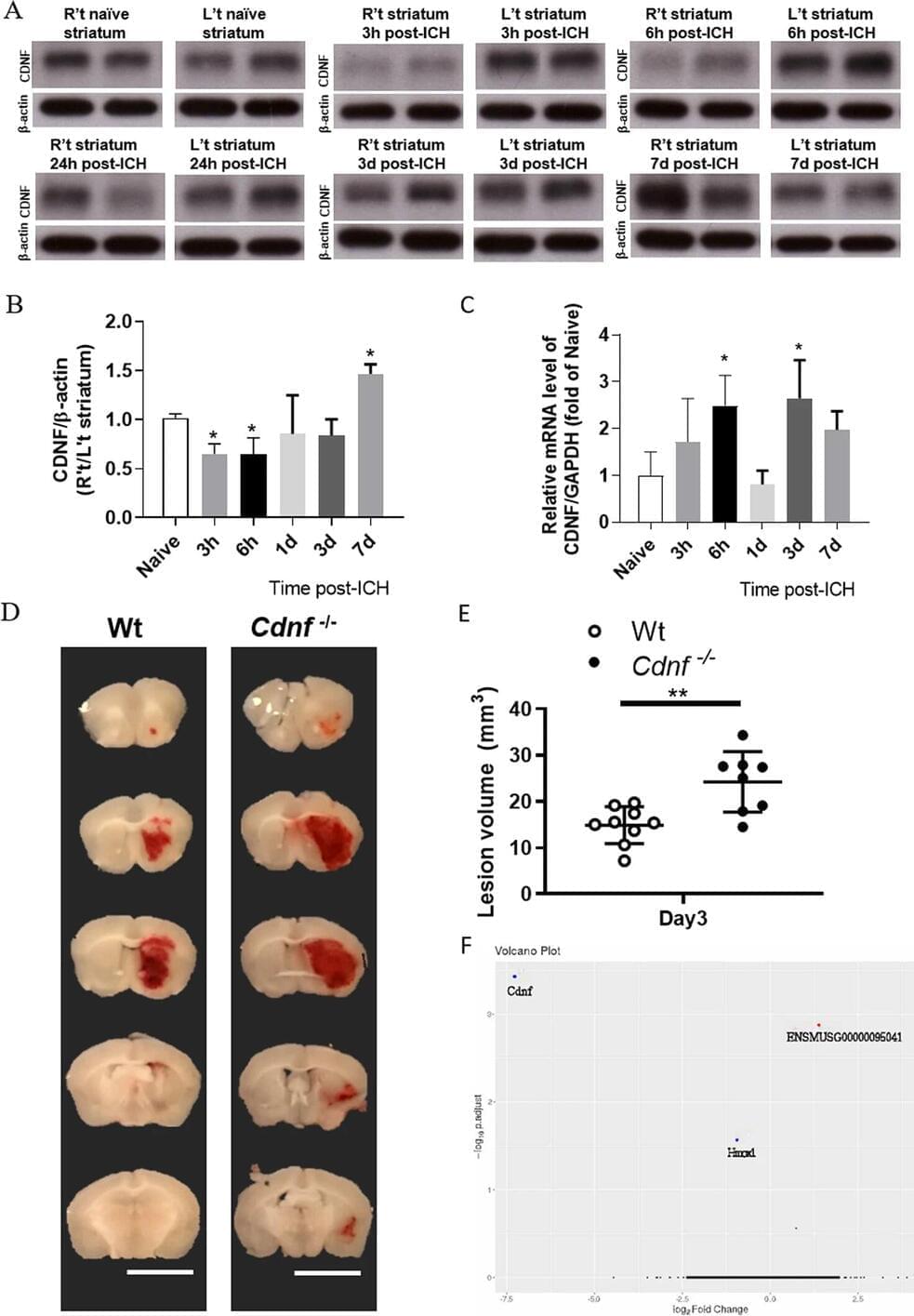Indian astronomers have analyzed observational data of a gamma-ray blazar known as PKS 0402–362, collected in the timespan of nearly 13 years. The study, published March 7 in the Monthly Notices of the Royal Astronomical Society, provides crucial information regarding the long-term behavior of this blazar.
Blazars are very compact quasars associated with supermassive black holes (SMBHs) at the centers of active, giant elliptical galaxies. They belong to a larger group of active galaxies that host active galactic nuclei (AGN), and are the most numerous extragalactic gamma-ray sources. Their characteristic features are relativistic jets pointed almost exactly toward the Earth.
Based on their optical emission properties, astronomers divide blazars into two classes: flat-spectrum radio quasars (FSRQs) that feature prominent and broad optical emission lines, and BL Lacertae objects (BL Lacs), which do not.
